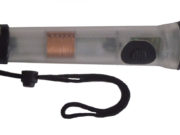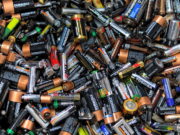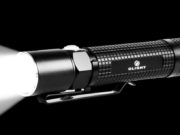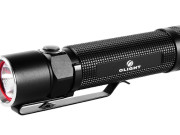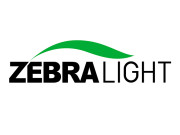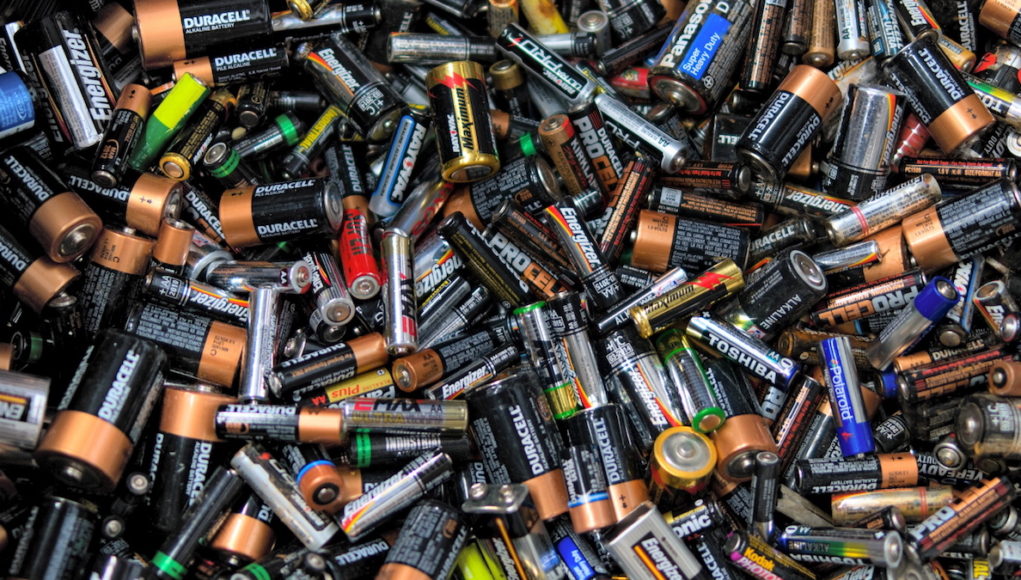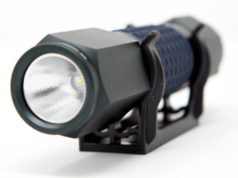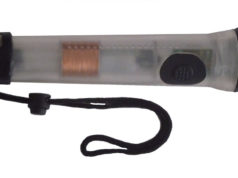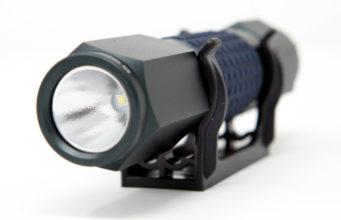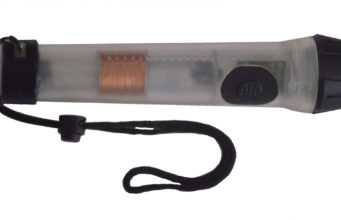They are the last thing considered until Christmas morning and not one of the children’s toys will work, or an electrical storm knocks out the power and the flashlight is dead. The humble battery converts chemical energy to electricity which can be used for a mind-expanding array of purposes to power machines to make our lives more convenient.
Modern life is inconceivable without them, yet they are rarely given more than a passing thought unless it’s unable to perform its task.
For something considered such a modern part of life, batteries to provide power are thought to have been around for thousands of years – but the concept has been somewhat refined!
They come in many different sizes, depending on their use. As thoughts turn to generating power for a post-oil world, it’s entirely possible that a new era is about to begin, and the battery may even be entering its finest hour as companies such as Tesla begins nothing less than a solar power revolution with its battery for home electricity, called the Powerwall.
Background
Batteries are thought to have been around in very primitive form in Baghdad some 2,000 years ago, yet a somewhat bizarre quest to discover how frogs’ legs move led to the birth of the modern-battery.
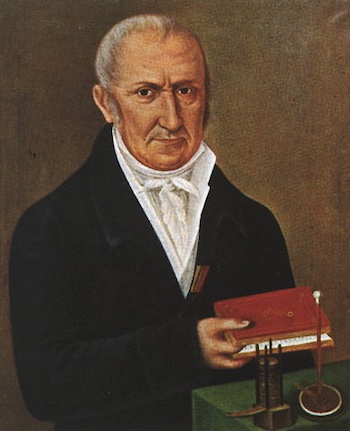
In 1800, Alessandro Volta – who gave his name to the unit of electrical power – produced his ‘voltaic pile’, consisting of several different copper and zinc discs piled on top of each other, and soaked in brine to use as a conductor.
When the different pieces of metal were brought into contact with each other, an electrical current was produced.
For the next century, several people refined the idea, which also helped to refine power needs for the rapidly developing industrial revolution.
In the early years of the 20th century, Thomas Edison took Waldemar Jungner’s nickel-iron battery, patented and sold it in the hope that he could commercialise a substitute for the lead-acid battery that powered early automobiles. But in the seven years it took him, the Model T Ford had come along and gas-powered autos became the standard.
In recent decades, massive advances have brought about alkaline zinc-carbon batteries, nickel-hydrogen batteries power commercial satellites and nearly everyone has one device powered by lithium-ion batteries.
How do they work?
Volta would probably never have conceived where his device would lead to over the last two centuries or so.
Traditionally the electrical energy converts from mechanical or chemical reactions, and nowadays solar energy is becoming increasingly thought of as a source of energy.
There are two types, the alkaline use-once-then-dispose-off (safely) or the rechargable battery – which traditionally costs more but which can, as the name implies, be recharged again and again.
Holding the charge has always been a major fault-line with batteries, and the holy grail has always been to find ways of increasing the life of the current delivered.
At their most basic, batteries put certain chemicals in contact with each other in a specific way. Normally the chemicals are kept separate. Electrons will move from one kind of chemical to the other given the right climate. This flow of electrons creates an electrical current that can be used to power anything from a skateboard to a space shuttle.
For example, switching on a flashlight causes the barrier between the chemicals within a battery to go away allowing the flow of electrons to generate power which illuminates the light bulb.


